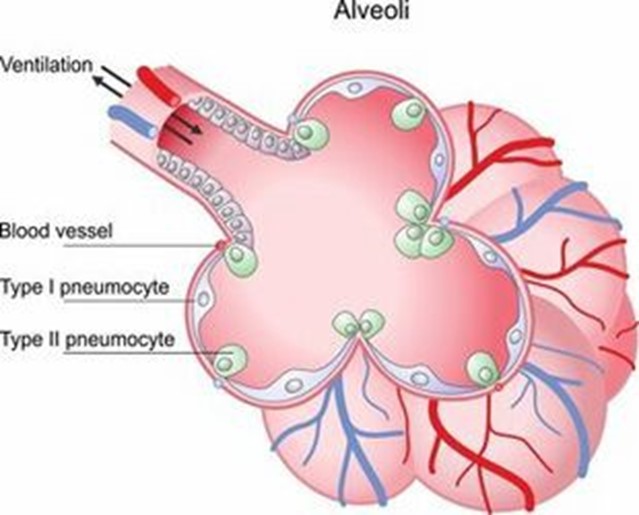A nurse is collecting data from a newborn and finds an apical pulse of 130/min. Which of the following actions should the nurse take?
Document this as an expected finding.
Call the neonatologist to assess the newborn.
Ask another nurse to verify the heart rate.
Prepare the newborn for transport to the NICU.
The Correct Answer is A
Choice A rationale:
An apical pulse of 130/min in a newborn is within the normal range. The normal heart rate for a newborn is generally between 110 to 160 beats per minute (bpm). As the newborn's heart rate falls within this range, the nurse should document it as an expected finding and continue routine monitoring.
Choice B rationale:
Calling the neonatologist to assess the newborn for an apical pulse of 130/min is not warranted as it is a normal finding. The nurse should only notify the neonatologist if there are abnormal vital signs or concerning clinical signs.
Choice C rationale:
Asking another nurse to verify the heart rate is unnecessary in this scenario. The nurse can independently measure the apical pulse and document the finding as long as it falls within the normal range for newborns.
Choice D rationale:
Preparing the newborn for transport to the Neonatal Intensive Care Unit (NICU) is not indicated for a normal apical pulse rate. Transporting a newborn to the NICU is typically reserved for critical or unstable conditions. In this case, the normal heart rate of 130/min does not warrant NICU transport.
Nursing Test Bank
Naxlex Comprehensive Predictor Exams
Related Questions
Correct Answer is B
Explanation
Choice A rationale:
Providing a heat source for the newborn is not the purpose of surfactant. Surfactant is a substance produced in the lungs to reduce surface tension and prevent alveolar collapse during expiration. It helps with the exchange of gases, but it does not generate heat.
Choice B rationale:

This is the correct answer. Surfactant plays a crucial role in assisting the alveoli to remain open by reducing surface tension. This, in turn, allows for proper gas exchange, especially of oxygen and carbon dioxide.
Choice C rationale:
Assisting the ductus arteriosus to remain open is not the purpose of surfactant. The ductus arteriosus is a fetal blood vessel that connects the pulmonary artery to the aorta, bypassing the lungs. After birth, it should close on its own, and surfactant does not influence this process.
Choice D rationale:
Providing energy to the newborn is not the purpose of surfactant. Energy for the newborn comes from nutrition, particularly breast milk or formula, and not from surfactant
Correct Answer is D
Explanation
A. This is not a primary consideration before bathing a newborn. The timing of the last feeding is more relevant to assessing the risk of hypoglycemia rather than determining readiness for a bath.
B. This temperature is slightly below the recommended range for newborns (36.5°C to 37.5°C). Bathing should be delayed until the newborn's temperature is stable.
C. While care of the umbilical cord is important, it does not determine the timing of the first bath. The cord can be kept dry even if the baby is bathed.
D. Ensuring that the newborn has maintained a stable body temperature for at least 2 hours is crucial before giving the first bath. Bathing can cause a drop in body temperature, so it's essential that the newborn's thermoregulation is stable to avoid hypothermia.
Whether you are a student looking to ace your exams or a practicing nurse seeking to enhance your expertise , our nursing education contents will empower you with the confidence and competence to make a difference in the lives of patients and become a respected leader in the healthcare field.
Visit Naxlex, invest in your future and unlock endless possibilities with our unparalleled nursing education contents today
Report Wrong Answer on the Current Question
Do you disagree with the answer? If yes, what is your expected answer? Explain.
Kindly be descriptive with the issue you are facing.
